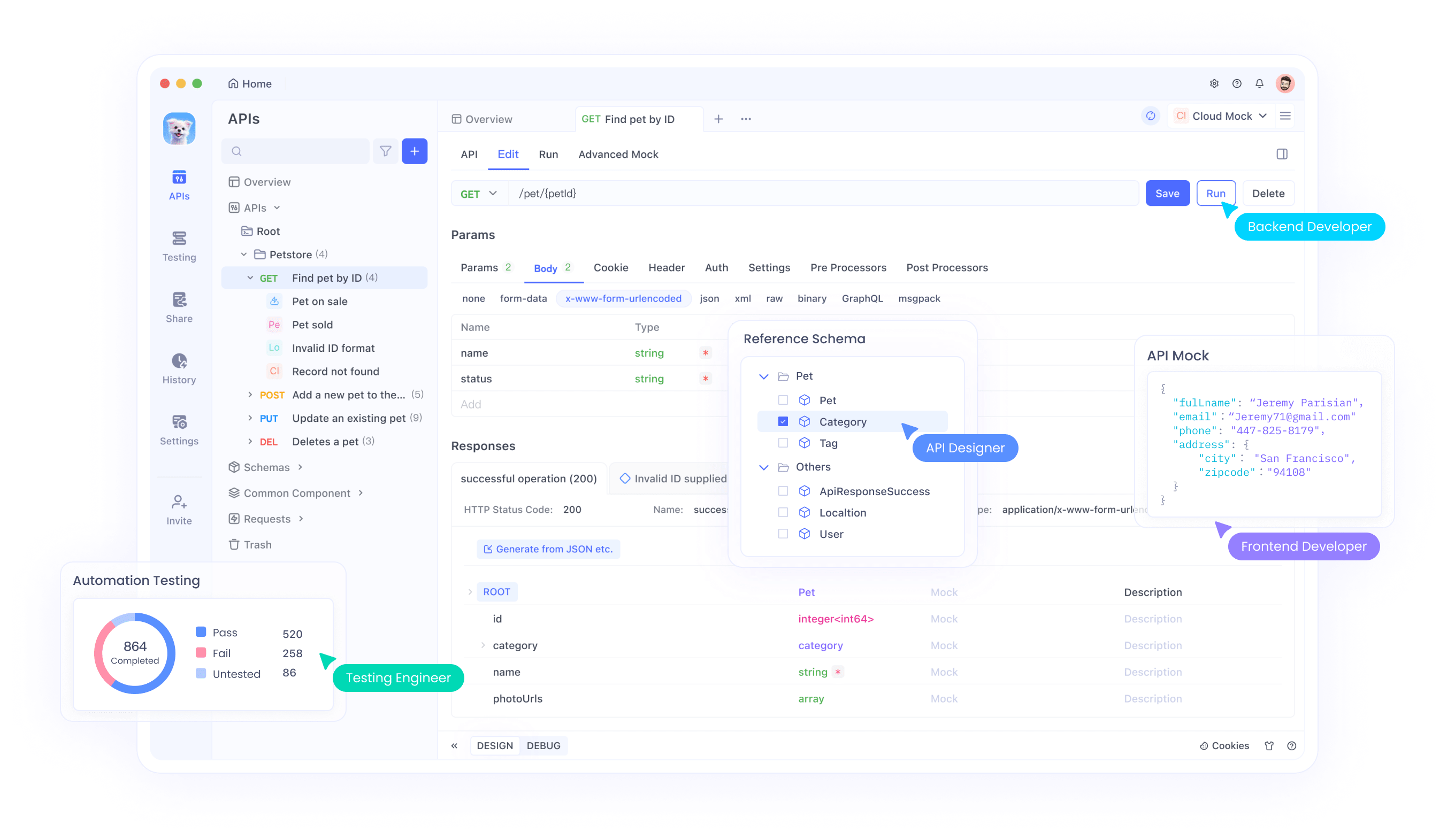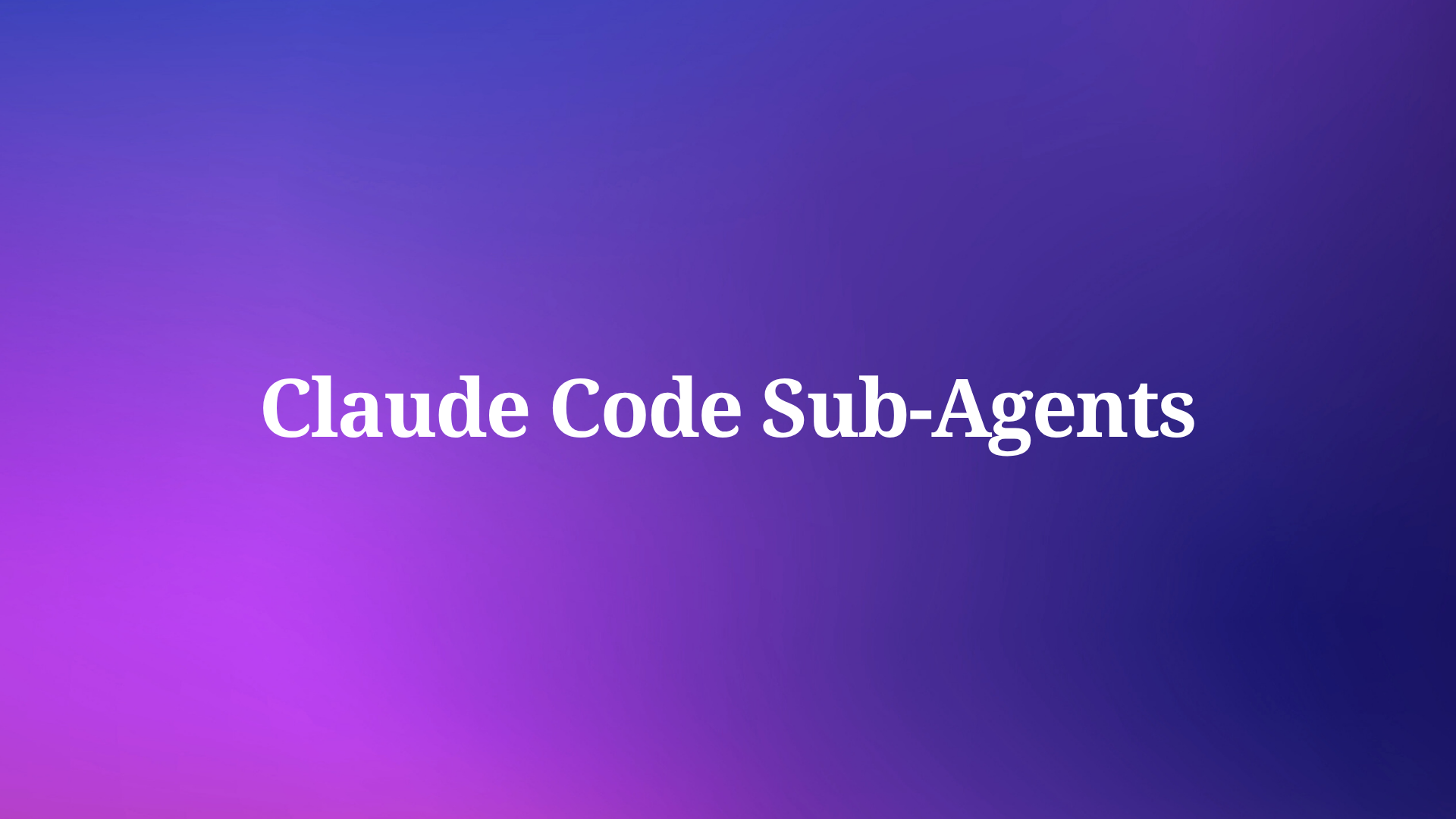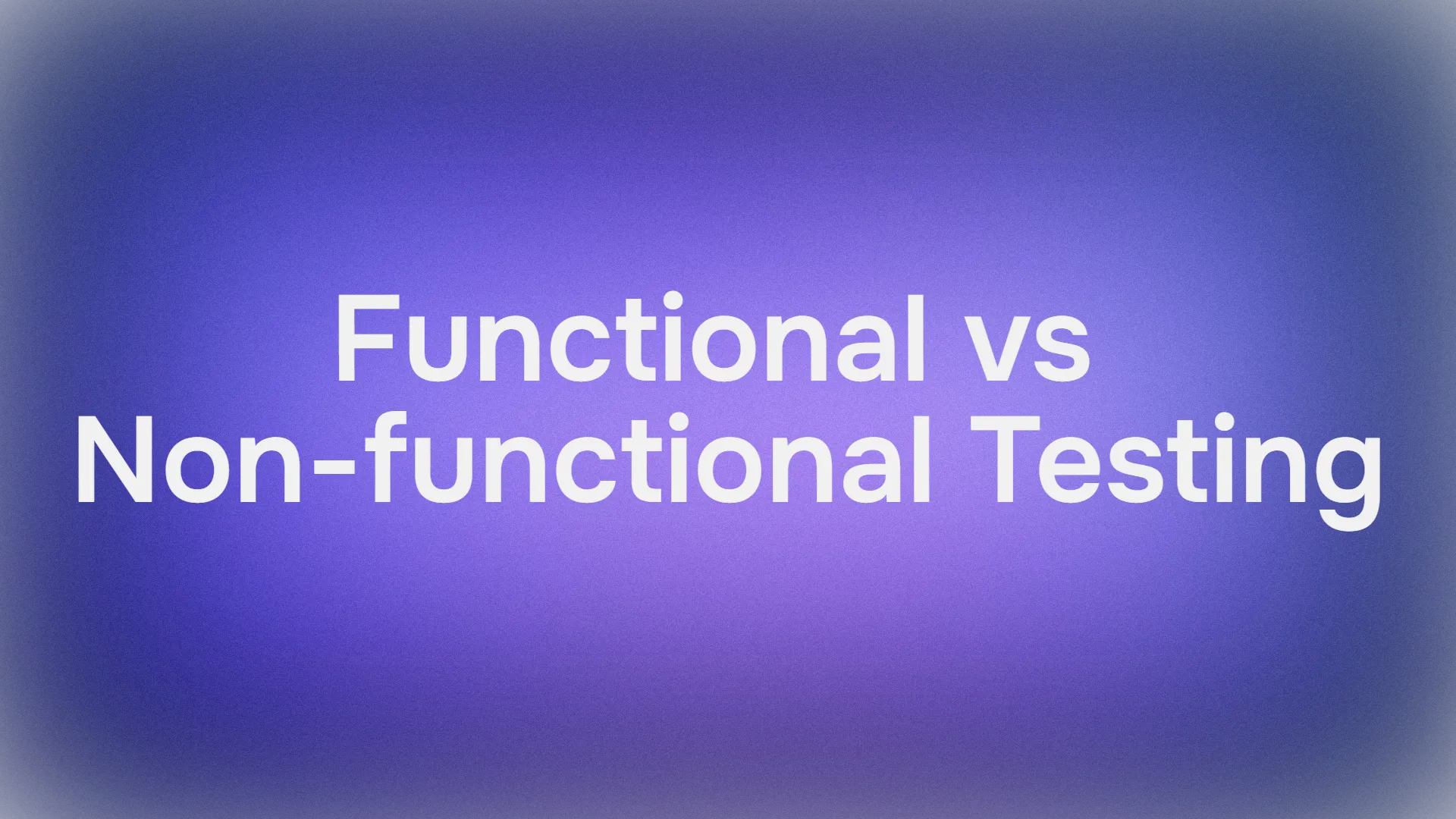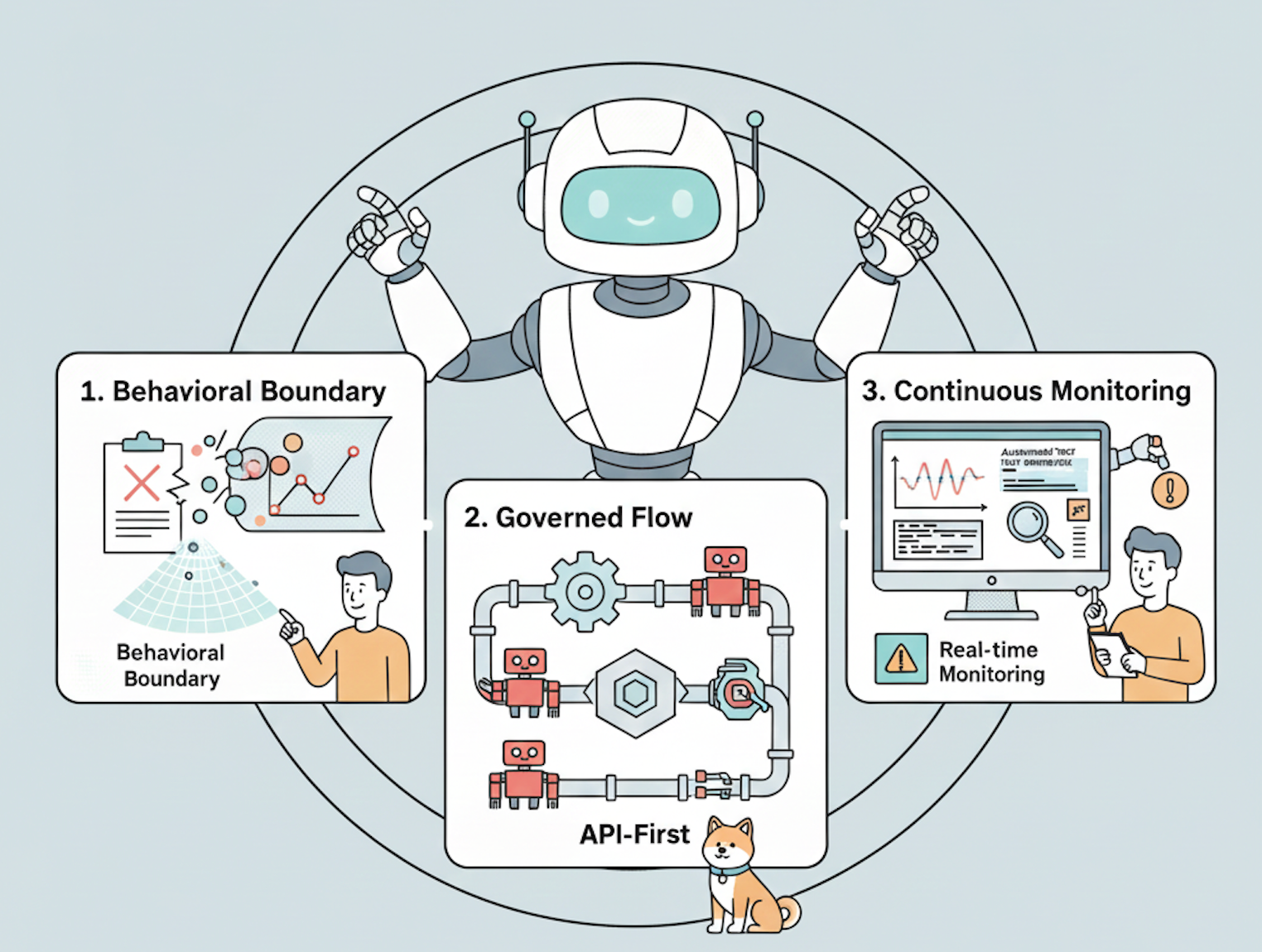Claude Code sub-agents are specialized AI assistants that handle specific development tasks through dedicated configurations and separate context windows. These tools automate code reviews, bug detection, and routine programming tasks that traditionally consume significant developer time.
What Are Claude Code Sub-Agents?
Claude Code, created by Anthropic, is an AI-powered coding assistant that operates directly in your terminal. It interprets natural language prompts, understands your codebase, and executes commands to assist with programming tasks. However, as projects scale, a single assistant struggles to manage every responsibility effectively. That’s where Claude Code sub-agents step in.

Sub-agents are specialized instances of Claude Code, each tailored to handle distinct tasks like code review, testing, or debugging. They operate independently, equipped with their own configurations, allowing developers to delegate specific duties efficiently. This modularity marks a shift from traditional, all-in-one coding assistants. By distributing workload across sub-agents, you ensure each task receives focused attention, improving overall project outcomes.
For example, a sub-agent assigned to testing can run unit tests while another reviews code for compliance with standards. This division of labor enhances productivity and reduces errors. With sub-agents, you gain flexibility and precision—key advantages in today’s fast-paced development environments.
How Do Sub-Agents Work?
Understanding the mechanics of Claude Code sub-agents reveals their true potential. Each sub-agent functions as an independent entity with three core components: a system prompt, a context window, and a toolset. The system prompt defines the sub-agent’s role—say, “review code for security vulnerabilities.” The context window stores task-specific information, keeping it separate from other agents. The toolset equips the sub-agent with utilities like linters or test runners, tailored to its purpose.

Creating a sub-agent is simple. Using the /agents command in Claude Code, you specify its name, prompt, and tools. For instance, entering /agents create "TestAgent" "Run unit tests" "pytest" spawns a testing sub-agent. Once active, it performs its designated task, either alone or alongside others. This setup supports parallel execution, a feature that accelerates workflows significantly.
Sub-agents also communicate with each other and the main agent via a shared messaging system. This coordination ensures seamless collaboration, especially in complex projects. For example, a debugging sub-agent might flag an issue, prompting a testing sub-agent to validate a fix—all without manual intervention. By maintaining separate contexts, sub-agents avoid confusion, focusing solely on their assignments.
Why Sub-Agents Matter in Development
Claude Code sub-agents bring tangible benefits to development workflows. First, they enable task specialization. Assigning roles like code optimization or documentation to distinct sub-agents ensures expert handling of each area. A security-focused sub-agent, for instance, can scour code for vulnerabilities while another refines performance—tasks a single assistant might struggle to balance.
Next, sub-agents offer scalability. As projects grow, so do their demands. Adding sub-agents to manage new tasks keeps complexity in check. You can deploy additional agents for specific features or phases, adapting to project needs without overloading resources. This flexibility also allows reuse across projects, saving setup time.
Additionally, parallel processing stands out as a major advantage. Running multiple sub-agents concurrently—say, one writing tests, another debugging—slashes project timelines. This efficiency proves invaluable for tight deadlines, letting you iterate quickly based on real-time feedback.
Finally, sub-agents foster collaboration. In teams, developers can interact with sub-agents tailored to their roles, like front-end or back-end tasks. Sharing sub-agents across team members spreads expertise, aligning efforts toward common goals. These benefits collectively elevate development quality and speed.
Practical Use Cases for Sub-Agents
To grasp sub-agents’ impact, consider real-world applications. One standout use is code review. A dedicated sub-agent can scan code for style violations, bugs, or inefficiencies using tools like ESLint or SonarQube. It delivers actionable feedback instantly, freeing developers to focus on implementation rather than manual checks.

Another application lies in automated testing. A testing sub-agent, integrated with frameworks like Jest or Mocha, generates and runs tests across your codebase. It identifies failures, produces reports, and even suggests fixes, ensuring robust software before deployment. This automation cuts testing time dramatically.
Debugging also benefits from sub-agents. Configure one to analyze logs, trace errors, and propose solutions. Paired with debuggers like GDB or Chrome DevTools, it pinpoints issues faster than traditional methods, minimizing downtime. This precision keeps projects on track.
Lastly, sub-agents excel at documentation. A documentation sub-agent can update READMEs, generate API specs, or draft guides based on code changes. This keeps documentation current, a critical yet often neglected task. These use cases highlight sub-agents’ versatility across development stages.
Pairing Sub-Agents with Apidog
Claude Code sub-agents handle coding tasks expertly, but tools like Apidog extend their value into API management. Apidog streamlines API design, testing, and documentation, integrating smoothly with development workflows. Combining it with sub-agents creates a powerful synergy.
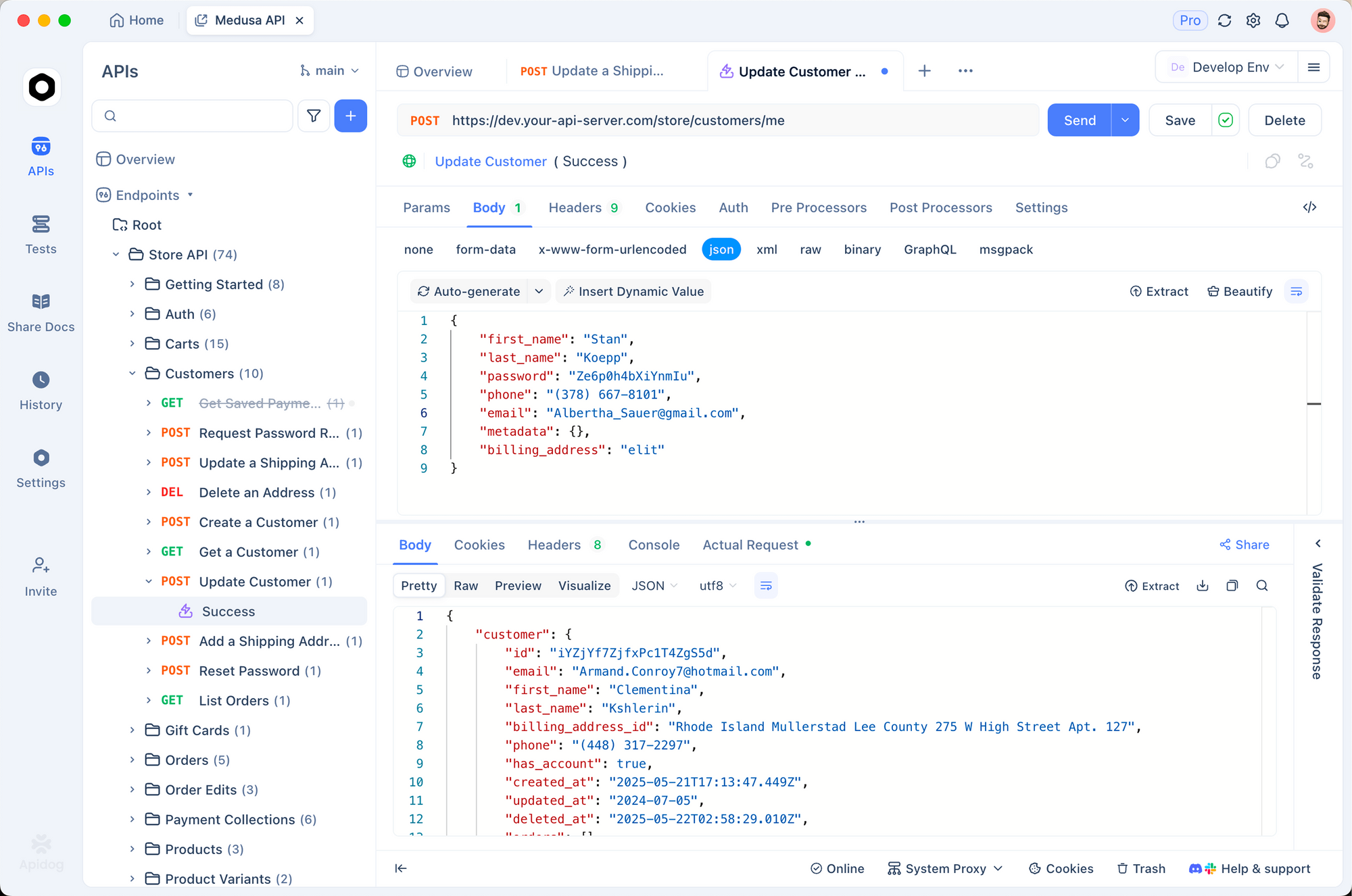
For instance, a sub-agent can generate API documentation from your codebase, which Apidog then refines and tests. This collaboration ensures accurate, up-to-date API records alongside functional code. Apidog’s team-friendly features also enable simultaneous work on API tasks, boosting efficiency further.
To leverage this combination, download Apidog for free. It’s a practical step to enhance your sub-agent-driven workflow, bridging coding and API management seamlessly.
Best Practices for Sub-Agent Success
Maximizing sub-agents requires strategy. First, assign clear roles. Overlapping duties—like having one sub-agent handle both testing and review—can confuse workflows. Define each agent’s purpose distinctly to maintain focus and efficiency.
Second, manage context carefully. Feed each sub-agent only the data it needs—specific files or prior outputs. This prevents clutter, ensuring quick, relevant responses. For example, a testing sub-agent should access test files, not the entire codebase, unless necessary.
Third, monitor resource use. Multiple sub-agents demand computational power and API calls. Track system performance and Anthropic API limits to avoid slowdowns or costs. Scale active agents based on available resources, prioritizing critical tasks.
Finally, refine over time. Review sub-agent performance regularly, tweaking prompts or tools as needed. Feedback from your team can guide adjustments, optimizing agents for your unique projects. These practices ensure sub-agents deliver consistent value.
Overcoming Challenges with Sub-Agents
While powerful, sub-agents present challenges. Resource consumption is one hurdle—running several agents simultaneously strains memory and processing power. Mitigate this by limiting active agents or upgrading hardware as projects scale.
Another issue is configuration complexity. Setting up prompts, contexts, and tools demands precision; errors here can derail functionality. Start with simple setups, testing each sub-agent before expanding its role, to build confidence and accuracy.
Inter-agent coordination can also falter if communication breaks down. Ensure messaging systems are robust, and test workflows to confirm sub-agents collaborate effectively. Addressing these challenges proactively keeps sub-agents running smoothly.
Future Potential of Sub-Agents
Looking ahead, Claude Code sub-agents hold immense promise. Advances in AI could enable self-optimizing agents, adapting roles dynamically based on project needs. Integration with more tools—like cloud platforms or CI/CD pipelines—might further automate development cycles.
Sub-agents could also evolve to handle cross-disciplinary tasks, blending coding with design or data analysis. As Anthropic refines Claude Code, expect sub-agents to become smarter, more intuitive, and indispensable. This evolution positions them as a cornerstone of future development workflows.
Conclusion
Claude Code sub-agents redefine AI-assisted development, offering a scalable, specialized approach to coding challenges. They empower developers to tackle complex projects with precision, from code review to documentation. Paired with tools like Apidog, they elevate both code and API management, driving productivity higher. Download Apidog for free to unlock this potential in your workflow. Embrace sub-agents today, and position yourself at the forefront of efficient, modern development.
